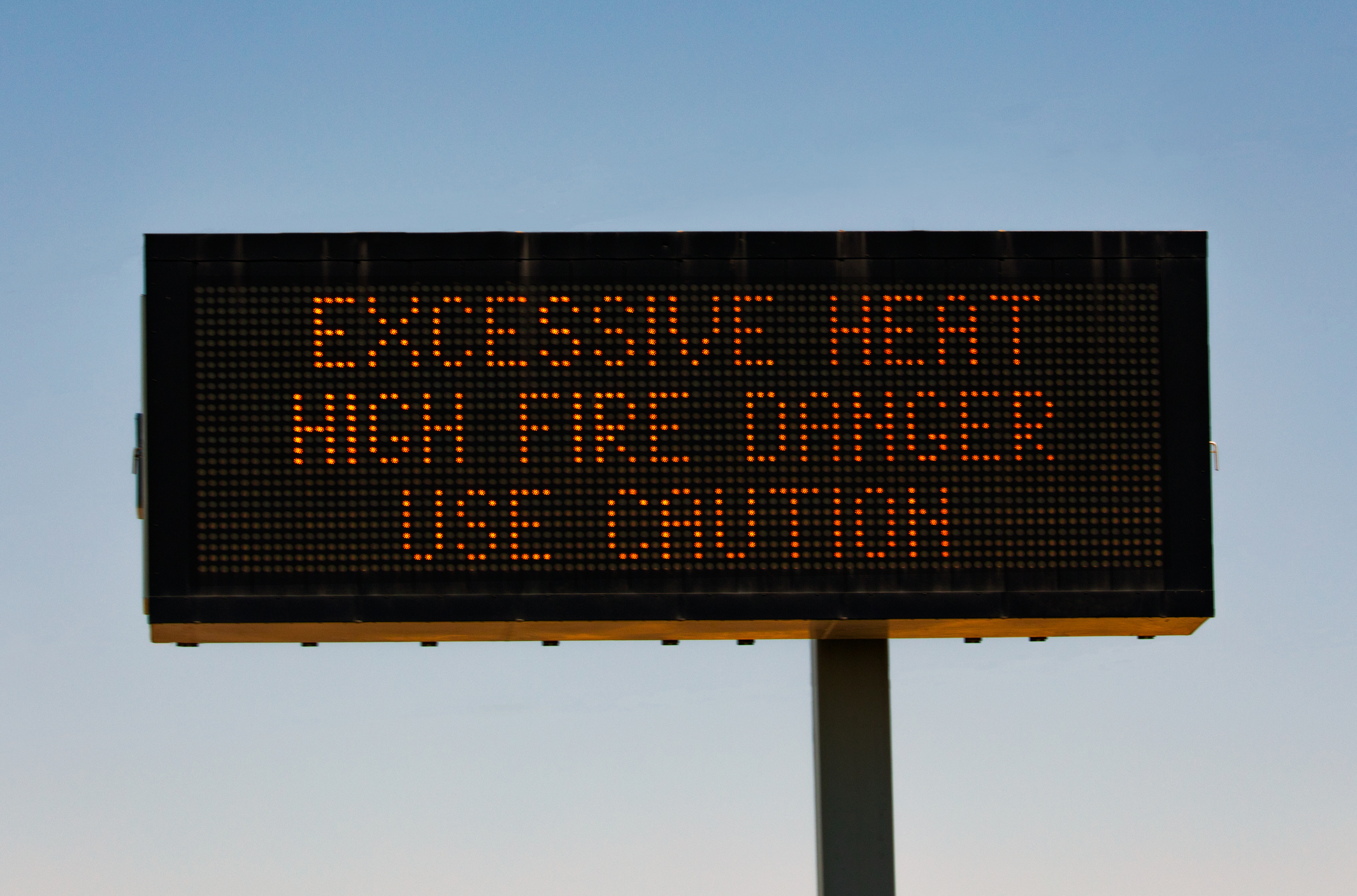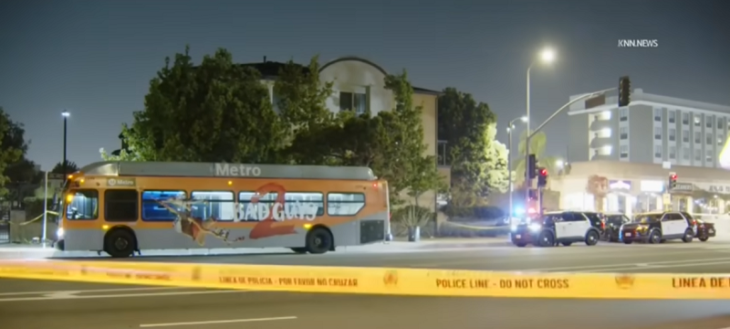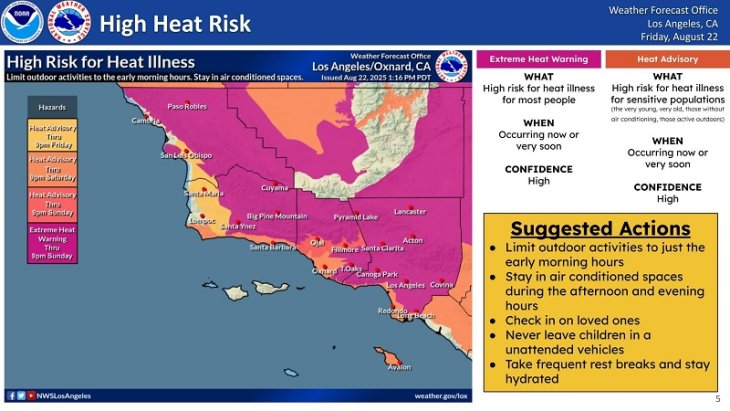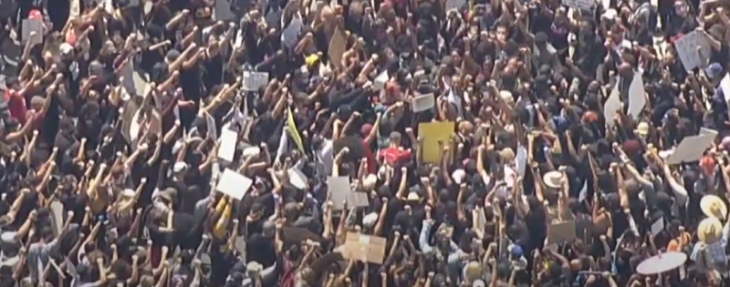Potential for High Temperatures to Strain Grid, Flex Alerts May Be Issued
The California Independent System Operator (ISO) is warning of persistent above-normal temperatures and increased electricity demand across California and the West over the upcoming Labor Day weekend and into the following week.
Forecasts indicate that temperatures in California could be 6 to 12 degrees above normal on Wednesday, Sept. 4, and Thursday, Sept. 5. The hottest days across the West are expected to be from Sept. 4 through Sept. 6, with the most extreme temperatures predicted for California, the Pacific Northwest, and the Desert Southwest.
As temperatures rise, the demand for electricity is expected to surge, primarily due to increased air conditioning use. The California ISO is closely monitoring the situation, particularly during the latter part of next week. While the grid is currently stable, the prolonged extreme heat could strain generators, increasing the risk of outages and reduced power generation. The threat of wildfires to generators and transmission lines, coupled with the widespread heat, could limit the availability of imported energy from other Western states, potentially leading to a significant impact on the electricity grid.
Here’s what you can do to help when CAL ISO issues a Flex Alert.
- Turning off unnecessary lights.
- Using major appliances before 3 p.m. and after 10 p.m.
- We are setting air conditioner thermostats to 78 degrees or higher.
- Use fans and keep drapes drawn.
The ISO will continue to monitor conditions and provide updates as needed. Should weather or grid conditions deteriorate, the ISO may issue emergency notifications to access additional resources and alert market participants and the public about potential energy shortages.
In the event of a heightened need to conserve energy, the ISO could issue a Flex Alert, asking consumers to voluntarily reduce electricity use from 4 p.m. to 9 p.m. on specific days. Flex Alerts are typically issued a day in advance, based on projected electricity market outcomes.
These are the Flex Alerts that could be issued:
- Energy Emergency Alert Watch (EEA Watch): Analysis shows all available resources are committed or forecasted to be in use, and energy deficiencies are expected. This notice can be issued the day before the projected shortfall or if a sudden event occurs. Consumers are encouraged to conserve energy.
- Energy Emergency Alert 1 (EEA 1) Real-time analysis shows all resources are in use or committed for use, and energy deficiencies are expected. Consumers are encouraged to conserve energy.
- Energy Emergency Alert 2 (EEA 2) ISO requests emergency energy from all resources and has activated emergency energy programs. Consumers are urged to conserve energy to help preserve grid reliability.
- Energy Emergency Alert 3 (EEA 3) − Preparing for rotating power outages The grid operator cannot meet minimum reliability reserve requirements and has declared the initial step of an EEA 3. Utilities have been alerted to prepare for outages, but rotating outages have not been ordered.
- Energy Emergency Alert 3 (EEA 3) − Ordering rotating power outages The grid operator has ordered utilities to begin rotating power outages to protect grid reliability. The final step of an EEA 3 is declared when the electricity supply is insufficient to meet demand and required reserves cannot be maintained.
The last time that rotating blackouts were ordered was in 2020, during the first year of the pandemic. For more information on energy conservation or to sign up for text alerts, visit www.FlexAlert.org.


























